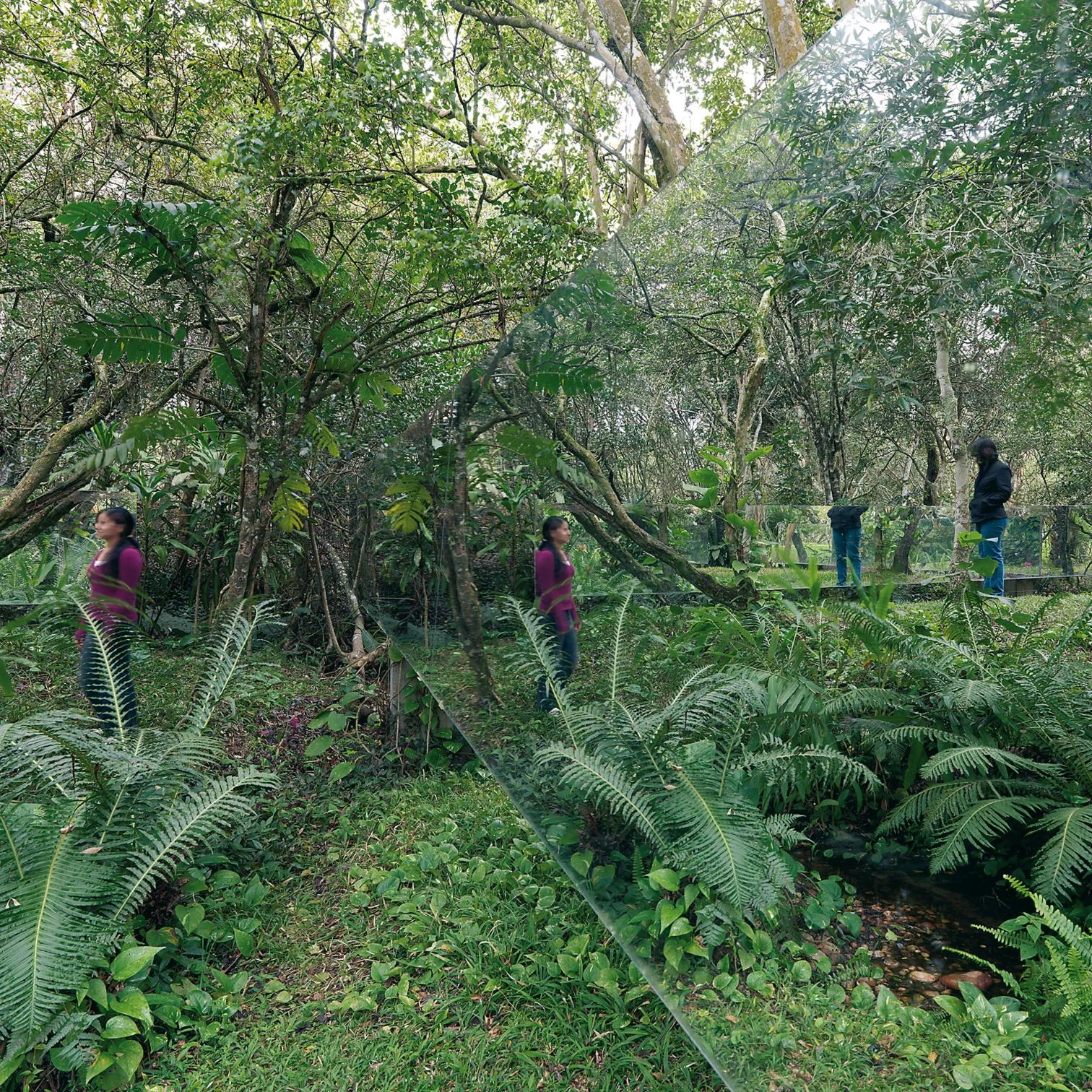
Sooner or later, this magazine was bound to focus on the architecture of life. In the 200th anniversary of Darwin’s birth and the 150th of the Publication of The Origin of Species –, Arquitectura Viva has wanted to join the celebration, which by the way coincides with our own twenty-fifth anniversary, with an issue in which twelve structures merge into the vegetable kingdom, and another four propose for different animals shelters that imitate or evoke their natural habitat. This double architectural journey into botanics and zoology is complemented with an analysis of the influence of Darwin’s ideas on design – prompting the interpretation of objects or buildings as products of the evolution of forms –, and with a detailed account of the origins in Kenneth Snelson and Buckminster Fuller of tensegrity, a concept that applied to organisms or cells allows approaching the ‘great unification’ of biology, just as the theory of evolution did in its day.
This last article, written by the doctor and scientist Pedro García Barreno, and which is published here clear of footnotes or bibliography, is in my opinion particularly important, because aside from rigorously tracing the zigzagging beginnings of tensegrity in architecture, art and engineering, links this path with the most recent biological research, shedding light on what biotensegrity can do for our knowledge of the living world and for the cross-fertilization of biology and design. When the museums of Natural Science pay tribute to Darwin – from that of Madrid with the animal drawings by Albertus Seba, a Dutch pharmacist of the 18th century, to Cambridge’s Fitzwilliam with its current exhibition on the visual foundations of evolutionary thought – they all take pleasure on the endless variety of living forms; but the genius of the scientist lay in finding the unity underlying that diversity, and this is precisely what biotensegrity proposes today.
Come to this point, I cannot go without disclosing a personal interest that keeps me from addressing this matter in an incidental way. Grandson, son and brother of biologists, this discipline has always been a part of my life; I edited a series on biology and design that published in 1980 the first Spanish translation of On Growth and Form – the classical work of D’Arcy Thompson that since it appeared in 1917 had such an influence on the avant-gardes –, as well as books on mechanical design in organisms or biological analogies in architecture; and my own thesis of 1982 on architecture and thermodynamics would devote sections to the links between buildings, living beings and machines, to the puzzling relation of entropy and evolution, or to organic mechanisms as sources for a biotechnical construction. A quarter of a century later, I dare suggest that architecture can still travel along these paths, and to this end the text of García Barreno offers a map and a compass.





